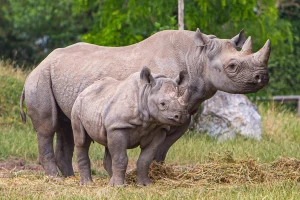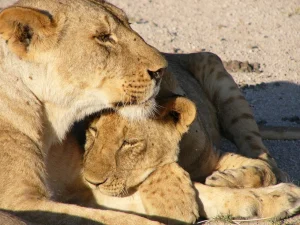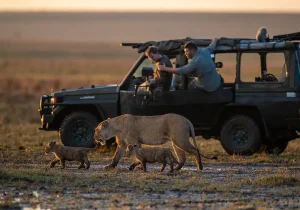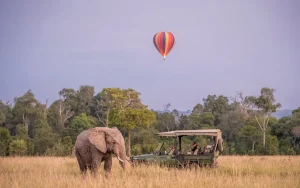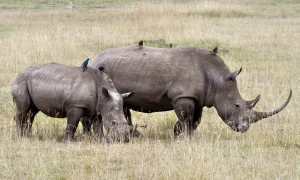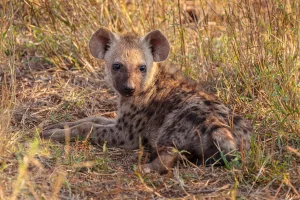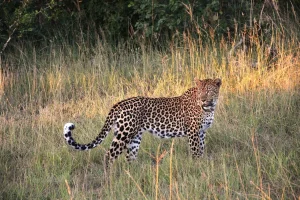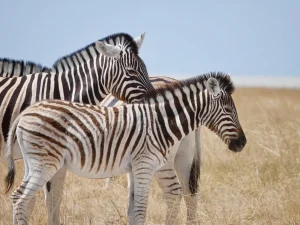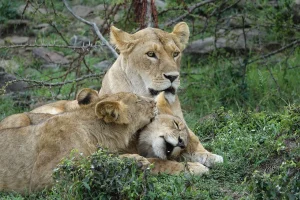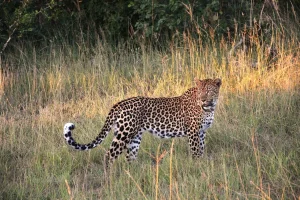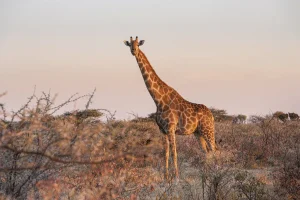Nairobi National Park: Your Urban Safari Adventure
Imagine witnessing a majestic lion lounging in its natural habitat with the towering skyline of a modern metropolis as a backdrop. This incredible juxtaposition is the reality at Nairobi National Park, a truly unique urban national park nestled on the outskirts of Kenya’s bustling capital, Nairobi. This remarkable proximity offers an unparalleled opportunity for both residents and visitors to experience the thrill of an African safari near Nairobi and engage in exceptional wildlife viewing Nairobi without extensive travel. A Nairobi National Park visit provides an easily accessible escape into nature’s wonders.
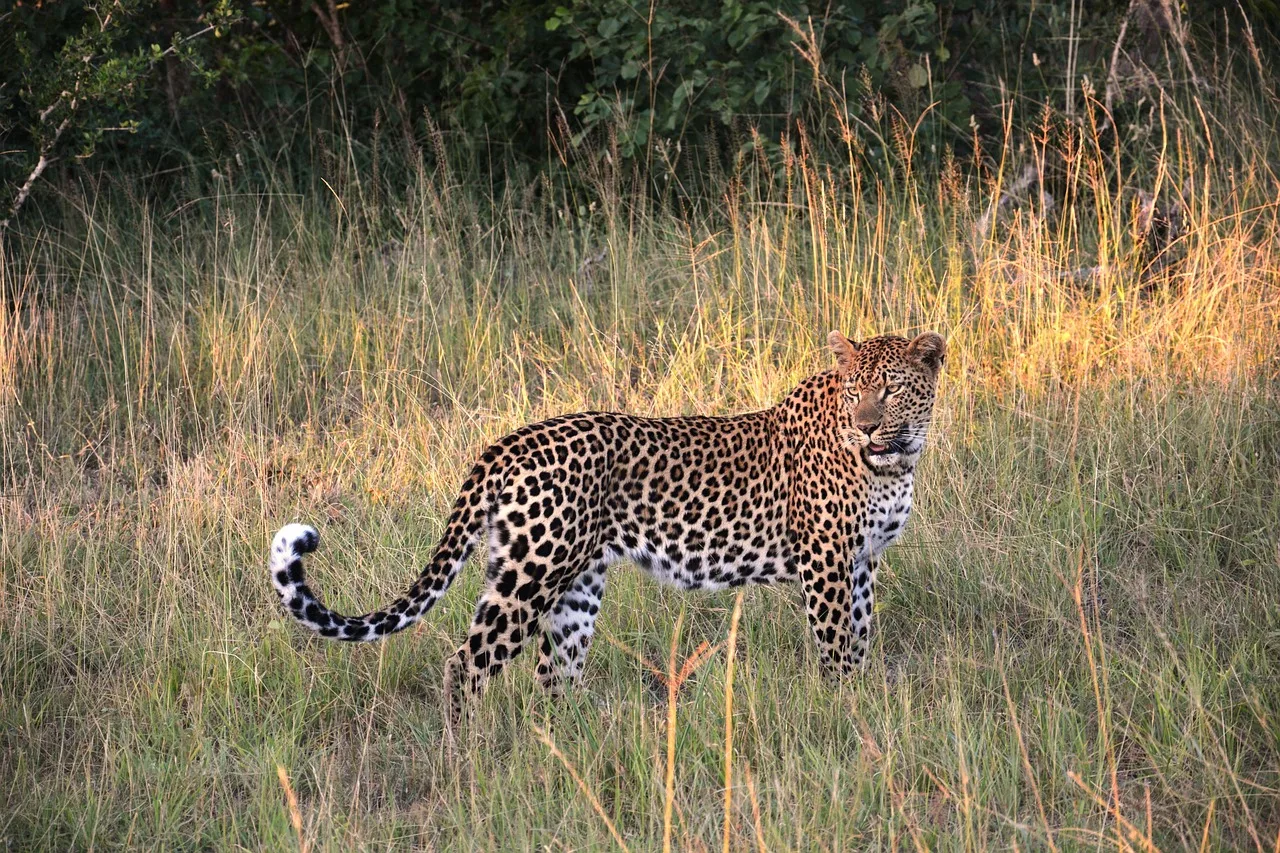
A Rich Tapestry of Life: Ecosystem and Biodiversity
Despite its urban setting, Nairobi National Park safeguards a remarkable array of ecosystem and biodiversity. The park’s diverse terrain encompasses sweeping grasslands of Nairobi National Park, dotted with characteristic acacia woodland Nairobi, alongside tranquil stretches of riverine forest Nairobi and vital wetland ecosystem Nairobi park areas. This variety of habitats supports a stunning diversity of animal species Nairobi National Park. Notably, the park is a critical sanctuary for the endangered black rhino Nairobi National Park, serving as an important rhinoceros sanctuary Nairobi.
Beyond rhinos, visitors can often observe iconic African fauna such as elegant giraffes Nairobi park, herds of zebras Nairobi wildlife, and sizable buffalo Nairobi National Park. Keen observers might also be rewarded with sightings of elusive predators like leopards Nairobi and the swift cheetah Nairobi park. The park also plays a role in the natural wildebeest migration Nairobi patterns as animals move through the larger Athi-Kapiti ecosystem. For those passionate about ornithology, birdwatching at Nairobi park is a must, with hundreds of bird species Nairobi National Park calling the park home. The varied habitat of Nairobi National Park, including rocky valleys and Nairobi wildlife, contributes to this rich Nairobi fauna and Nairobi flora. The park serves as a vital ecological buffer for Nairobi, providing essential ecosystem services to the surrounding urban area.
Discovering the Park: Engaging Activities
A trip to this urban national park Nairobi offers a range of memorable experiences. At AjKenyaSafaris.com, our Nairobi National Park packages often include the following activities:
- Thrilling Game Drives: Embark on an exciting game drive Nairobi in a safari vehicle for prime opportunities to spot the park’s diverse wildlife. Our game drives run from early morning at around 6 am to around 12 pm when the animals are most active.
- Picturesque Picnic Spots: Enjoy a relaxing meal surrounded by nature at designated picnic sites Nairobi National Park.
- The Nairobi Safari Walk: Take a leisurely stroll along elevated boardwalks to observe a variety of Kenyan wildlife up close in a controlled environment.
- The Animal Orphanage: Visit the animal orphanage Nairobi, a rehabilitation center for injured and orphaned animals. The often is especially recommended for families with small children.
- The Historic Ivory Burning Site Monument: Reflect at this significant site, which commemorates Kenya’s strong stance against poaching. The site came into existence in 1989 when President Moi burned 12 tons of ivory – President Uhuru burned 105 tons in 2016.
Understanding the location of Nairobi National Park and its Nairobi city proximity makes planning a visit convenient. Information on the Nairobi National Park entrance fee and Nairobi National Park opening hours is readily available online and at the park gates. Many find the best time to visit Nairobi National Park for wildlife viewing to be during the drier months. A Nairobi National Park map can enhance your exploration of the park’s diverse areas. While lodging isn’t available inside the park, numerous options for accommodation near Nairobi National Park cater to various budgets. Consider joining guided tours of Nairobi National Park for expert insights into the park’s wildlife and ecology.
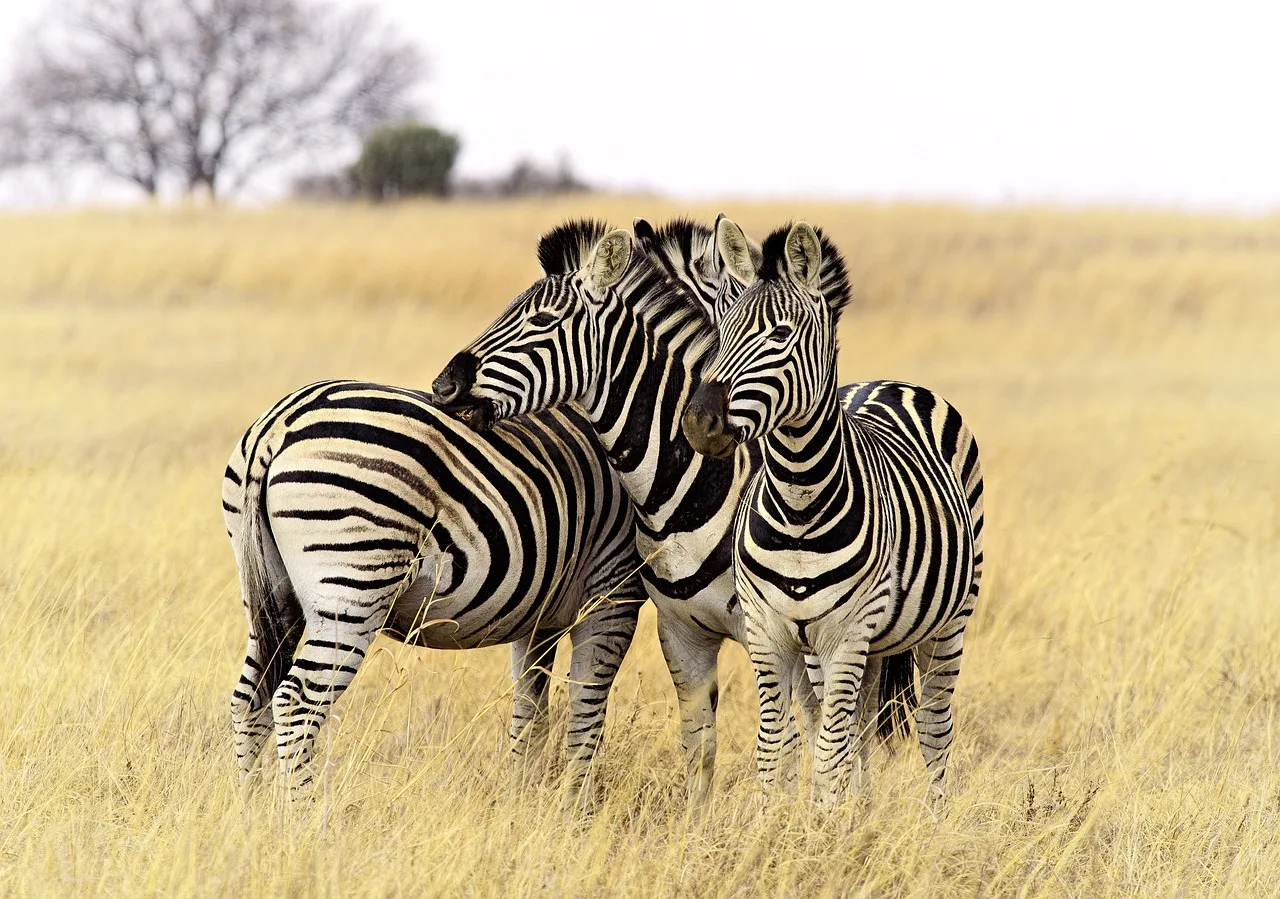
The Crucial Role of Urban Wildlife Conservation
The very existence of Nairobi National Park so close to a major urban center underscores the vital significance of urban conservation. It acts as a crucial ecological buffer for Nairobi, helping to mitigate the environmental impact of the sprawling city. However, this proximity also presents significant challenges, including the ongoing threat of poaching at Nairobi National Park and the complex issue of human-wildlife conflict in Nairobi arising from land use change at Nairobi park and the pressures of wildlife migration on Nairobi routes. Dedicated conservation Nairobi National Park programs and the tireless efforts of the Kenya Wildlife Service Nairobi National Park are essential to safeguarding this precious urban green space Nairobi and protecting its vulnerable inhabitants, such as the endangered species Nairobi found within its boundaries. The ongoing efforts in the rhinoceros sanctuary Nairobi are a testament to this commitment.
Exploring Beyond: Related Natural Attractions
While Nairobi National Park is a jewel, the Nairobi area offers other opportunities to connect with nature. We asked our experts on places to combine with Nairobi National Park and suggested the following:
- Karura Forest: A large urban forest reserve offering walking trails, waterfalls, and birdwatching.
- Nairobi Arboretum: A peaceful collection of exotic and indigenous trees, perfect for a relaxing stroll.
- Uhuru Park Nairobi: A popular public park in the heart of the city.
- David Sheldrick Wildlife Trust: A renowned elephant and rhino orphanage.
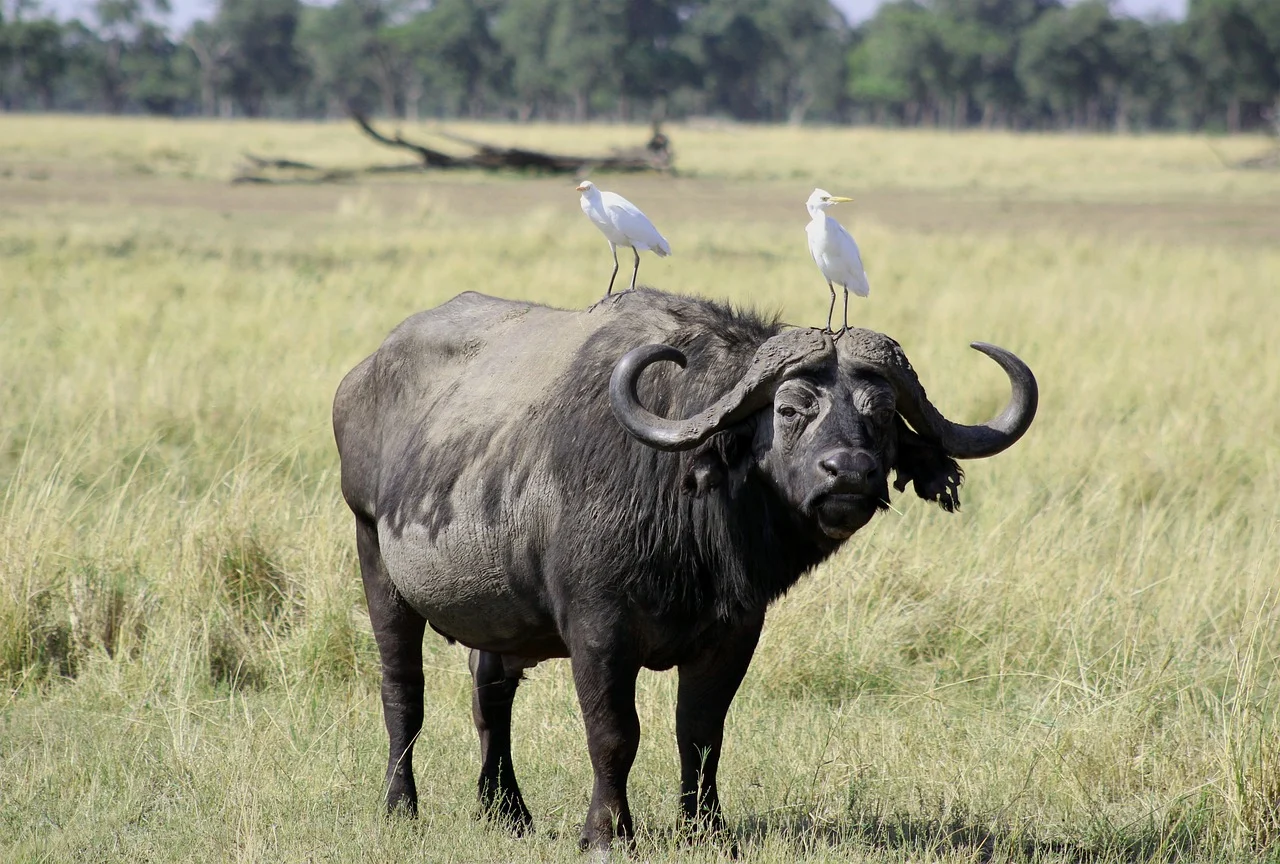
These locations, along with the national park, contribute to Nairobi’s reputation as the wildlife capital Nairobi. The park’s existence also highlights broader themes within Kenya safaris and the importance of wildlife in Kenya and other national parks in Kenya. The success of Nairobi National Park can serve as a model for urban conservation efforts globally, emphasizing the importance of protecting natural spaces even within densely populated areas. To understand more about the broader landscape of protected areas in the region, you can explore the African Wildlife Foundation’s website. For insights into sustainable tourism and its role in conservation, consider resources from the World Wildlife Fund.
Nairobi National Park stands as a remarkable example of how wildlife and urban development can coexist. It offers an accessible and enriching experience for anyone seeking a taste of African wilderness, while simultaneously playing a crucial role in conservation and highlighting the importance of protecting our natural heritage in an increasingly urbanized world.

